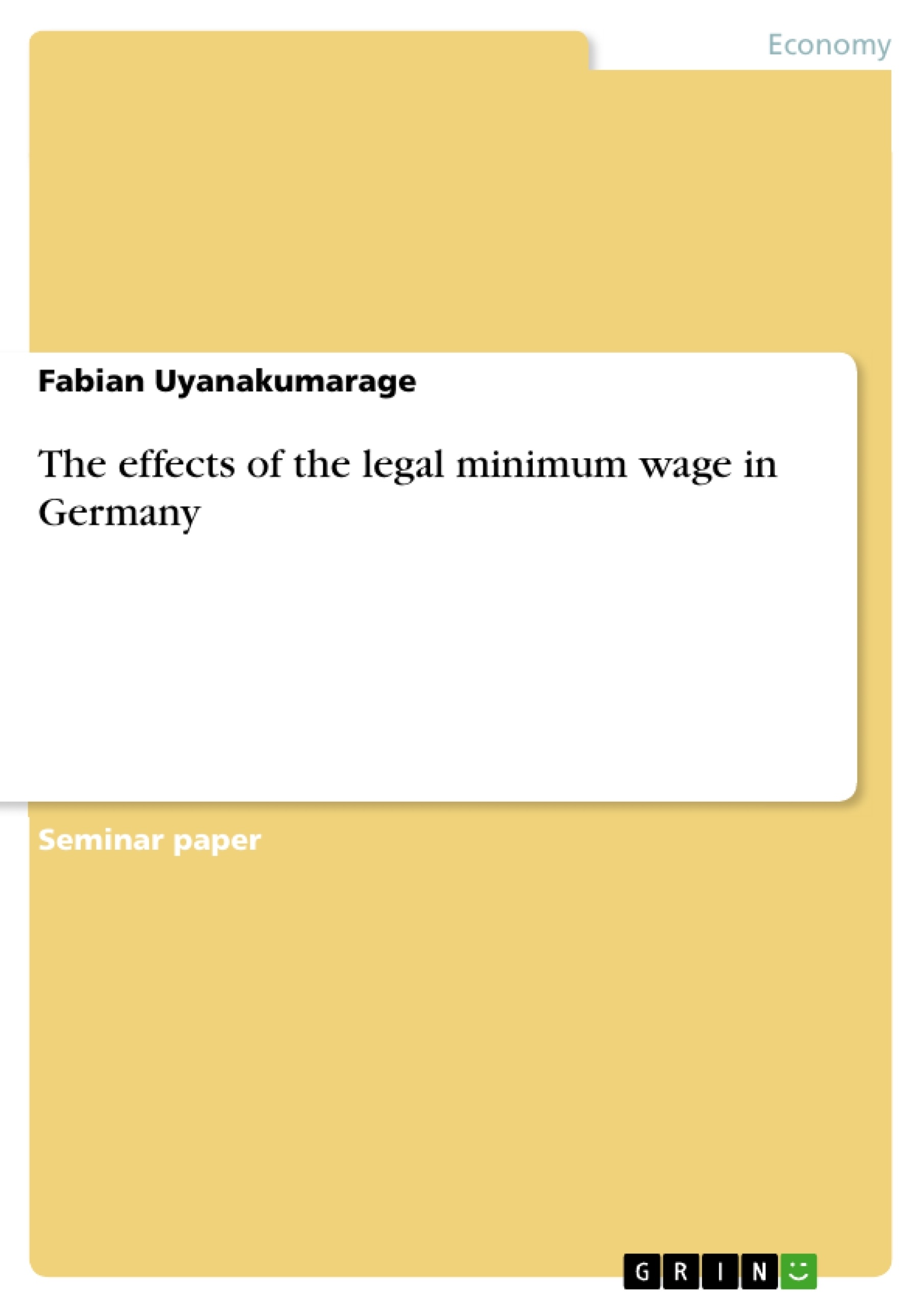„Minimum wage is the minimum amount of remuneration that an employer is required to pay wage earners for the work performed during a given period, which cannot be reduced by collective agreement or an individual contract”. The government uses the minimum wage as a basic price control, which can force companies to create equal pay for all employees regardless of their origin, gender or belief. Currently, 90 percent of countries have regulations or binding tariff regulations that determine the minimum wage. In countries such as Sweden, Finland, Denmark, Switzerland, Austria and Italy there is no legal minimum wage. There, the government leaves the employer associations and unions to set a minimum wage in collective bargaining. New Zealand was the first country to introduce the minimum wage in 1894, and 192 more followed until 2019. Many of these
countries have very complex systems, for example India has more than 1200 different minimum wage rates.
Hardly any other labour market policy measure has been discussed as extensively as the introduction of the minimum wage of EUR 8.50 gross per hour on January 1, 2015 in Germany. For the supporters it was a long overdue step to offer low-wage earners a higher wage and thus a better standard of living. However, economists warned in advance that introducing minimum wages would only have negative consequences, especially when it comes to employment. Various studies have predicted that it could result in the loss of thousands of jobs. For example, the Ifo Institute in Munich forecasted a threat to up to 900 thousand jobs. Opponents of the minimum wage also pointed out that low-skilled workers would find it difficult to get into employment and would make little contribution to fighting poverty.
The aim of this paper is to analyse how the market in Germany reacted to the introduction of the minimum wage. Also the history and structure of the minimum wage is described and the different economic theories are compared.
Inhaltsverzeichnis (Table of Contents)
- 1. Introduction
- 2. Economic theories...
- 2.1 Competitive Market Model
- 2.2 Monopsony and Minimum Wage..
- 3. Basics of minimum wages..
- 3.1 Definition of the minimum wage.
- 3.2 Types of minimum wages...
- 3.3 Target of the minimum wage..
- 3.4 Minimum wages in a European and international context....
- 4. Starting point and general conditions in Germany...
- 4.1 Introduction of the minimum wage.......
- 4.2 Scope of the legal minimum wage..
- 4.3 Economic conditions
- 4.4 Highly affected industries by the minimum wage
- 5. Effects of the minimum wage on employment
- 5.1 Total employment ........
- 5.2 Employees subject to social security contributions..
- 5.3 Only marginal employment........
- 5.4 Unemployment and vacancies
- 5.5 Top-Ups and risk of poverty..
- 6. Discussion.......
- 7. Outlook...
Zielsetzung und Themenschwerpunkte (Objectives and Key Themes)
This paper aims to analyze the effects of the legal minimum wage in Germany. It explores the economic theories underlying minimum wages and examines the starting point and general conditions in Germany prior to the introduction of the minimum wage. The paper focuses on the impact of the minimum wage on employment, including total employment, employees subject to social security contributions, and marginal employment. Additionally, it investigates the relationship between the minimum wage and unemployment, vacancies, and the risk of poverty.
- Economic theories of minimum wages
- Implementation and scope of the minimum wage in Germany
- Impact of the minimum wage on employment
- Relationship between the minimum wage and unemployment
- Impact of the minimum wage on the risk of poverty
Zusammenfassung der Kapitel (Chapter Summaries)
The paper begins by outlining the economic theories surrounding minimum wages, including the Competitive Market Model and the concept of Monopsony. Chapter 3 delves into the definition, types, and target of minimum wages, providing context within a European and international framework. Chapter 4 then focuses on the introduction and scope of the legal minimum wage in Germany, considering economic conditions and industries highly affected by the minimum wage.
Chapter 5 examines the impact of the minimum wage on employment in Germany, analyzing total employment, employees subject to social security contributions, marginal employment, unemployment, vacancies, and the risk of poverty. This chapter provides a comprehensive overview of the employment effects of the minimum wage in Germany.
Schlüsselwörter (Keywords)
The paper focuses on the legal minimum wage in Germany, exploring its effects on employment, unemployment, and the risk of poverty. Key terms include economic theories, competitive market model, monopsony, minimum wage, employment, unemployment, vacancies, social security contributions, marginal employment, and poverty risk. The paper utilizes real-world data and statistics to analyze the impact of the minimum wage in Germany.
- Quote paper
- Fabian Uyanakumarage (Author), 2020, The effects of the legal minimum wage in Germany, Munich, GRIN Verlag, https://www.grin.com/document/536730



